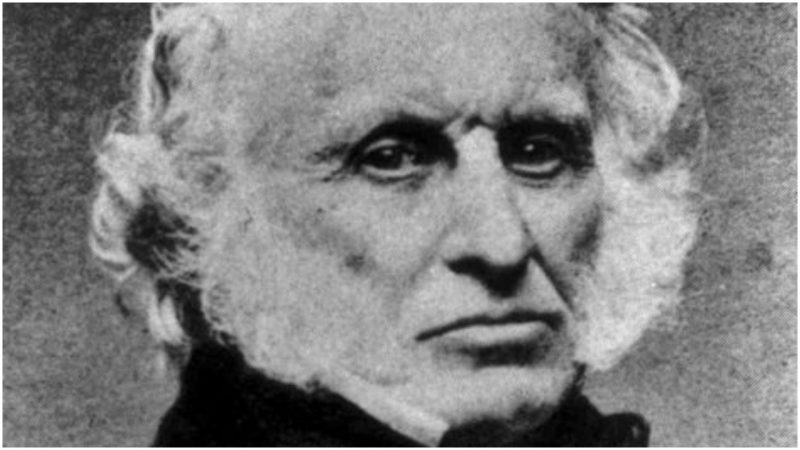Nowadays, hardly anyone can imagine living in a world without refrigerators, freezers and ice machines.
Ice is an irreplaceable component of our everyday lives, as it helps cool us, preserve, and store food and enjoy various cold refreshments. Ice as a commodity has been ubiquitous since the beginning of the 20th century, but most people are unaware that the omnipresence of ice in our lives stems from the long and hard struggles of the founders of the ice trade in the 19th century.
The ice trade was founded in the first half of the 19th century, and its most prominent pioneer was the Boston entrepreneur named Frederic Tudor, known as the “Ice King”. Tudor was not related to the famous English Royal House of Tudor, but his older brother was William Tudor, a prominent literary figure of the early 19th century-Boston.
In the 1790s, when Frederic Tudor was in his teens, ice was a commodity that was reserved exclusively for the American wealthy elite. Namely, in winter, the rich hired local workers to cut ice from lakes with axes and saws. The ice was then stored in deep covered wells and the rich used it in summer to make cocktails and various other refreshments for their guests. Tudor observed this practice and realized that ice could be advertised and sold to the common folk across the country.
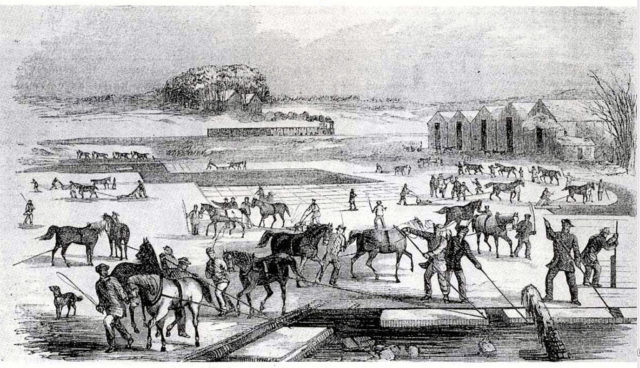
Also, he visited the Caribbean in the late 1790s and realized that the locals there were in desperate need of ice which they would use to store fish and meat. Since Massachusetts has many lakes that freeze over in winter, Tudor decided to start exporting the Massachusetts ice to the Caribbean. He bought his first ship, a medium-sized brig named “Favorite”, in 1806, when he was 23 years old.
He undertook his first export of ice from Charlestown to Martinique in February of 1806. The Massachusetts public was extremely sceptic towards his endeavor, and a news report in the Boston Gazette overtly mocked his new business: “No joke. A vessel has cleared at the Custom House for Martinique with a cargo of ice. We hope this will not prove a slippery speculation.”
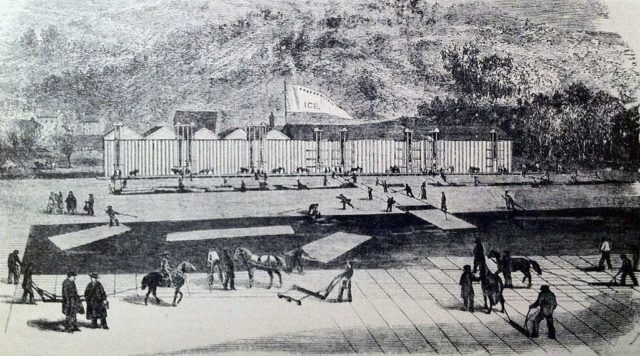
His ship was loaded with around 80 tons of ice, and about a half of the cargo melted during the journey towards Martinique. Still, he quickly managed to sell all remaining ice to the locals and make some $4500 (around $85,000 in today’s terms). However, the money wasn’t enough to cover the expenses of the journey and he started experiencing severe financial troubles.
Although his debts were rapidly increasing, he started exporting huge quantities of ice to Martinique and Cuba. Since ice was free and only the workers who cut it needed to be paid, he was determined that his enterprise would become profitable once he establishes regular routes and finds a way of keeping the ice from melting in the ship’s cargo hold. Between 1806 and 1816, his debts grew so astronomical that he had to spend several months in a debtor’s prison.
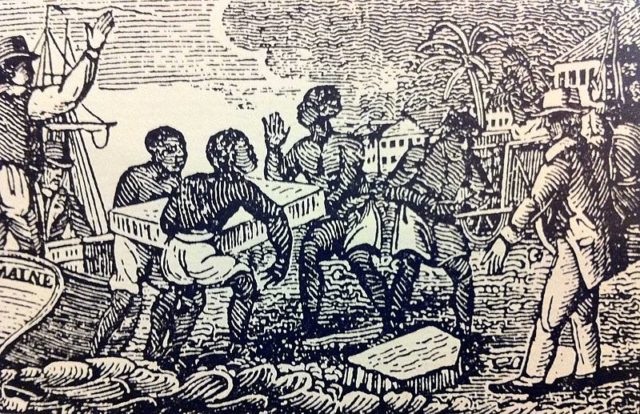
However, in 1816, his troubles finally paid off. He established a regular route to Cuba and earned enough money to buy several new ships. Also, he introduced a new method of preserving ice during journeys: he insulated the ice with sawdust and hay, and only around 10 percent of the ice would melt during the three-week journey. He started advertising ice-cold refreshments across America and the Caribbean, and the ice market rapidly expanded.
By the end of the 1820s, Tudor became a multi-millionaire. His friend Nathaniel Jarvis Wyeth, an explorer and inventor, invented ice-cutting saws that were harnessed to horses and could cut ice extremely efficiently. The ice business was booming and Tudor undertook an unprecedented move which caused him to acquire even more wealth and become known as the “Ice King”: he partnered with a Boston-based merchant named Samuel Austin and started exporting ice all the way to Calcutta in India.
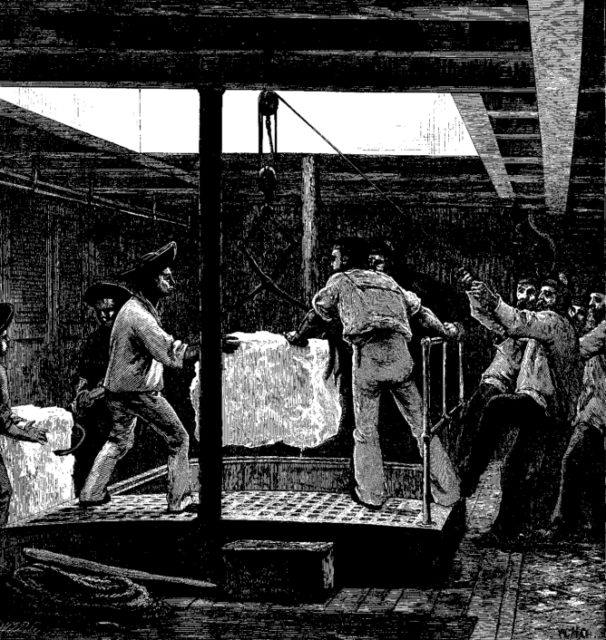
Calcutta was 16 thousand miles and four months away from Massachusetts, but Tudor’s ships were well-equipped and could transport as much as 180 tons of ice. He constructed three giant ice stores in the vicinity of Calcutta, and, over the next 15 years, made around $220,000 of profit (over $4 million in today’s terms) just from exporting ice to India.
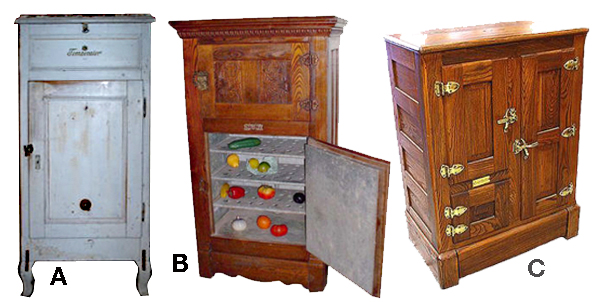
His business dissolved in the 1850s because many entrepreneurs across the world started selling ice and there was no more need for ice-shipping since it was discovered that ice could be easily produced by using steam.
Read another story from us: Thomas Edison: the inventor and entrepreneur who lit the way
Also, iceboxes, the distant ancestors of modern-day refrigerators, were patented and slowly made their way into the homes of common folk. However, Tudor’s final 25 years of life were years of wealth, relaxation, and peaceful retirement. He married a woman who was 30 younger than him and earned enough money to support several new generations of his family.
